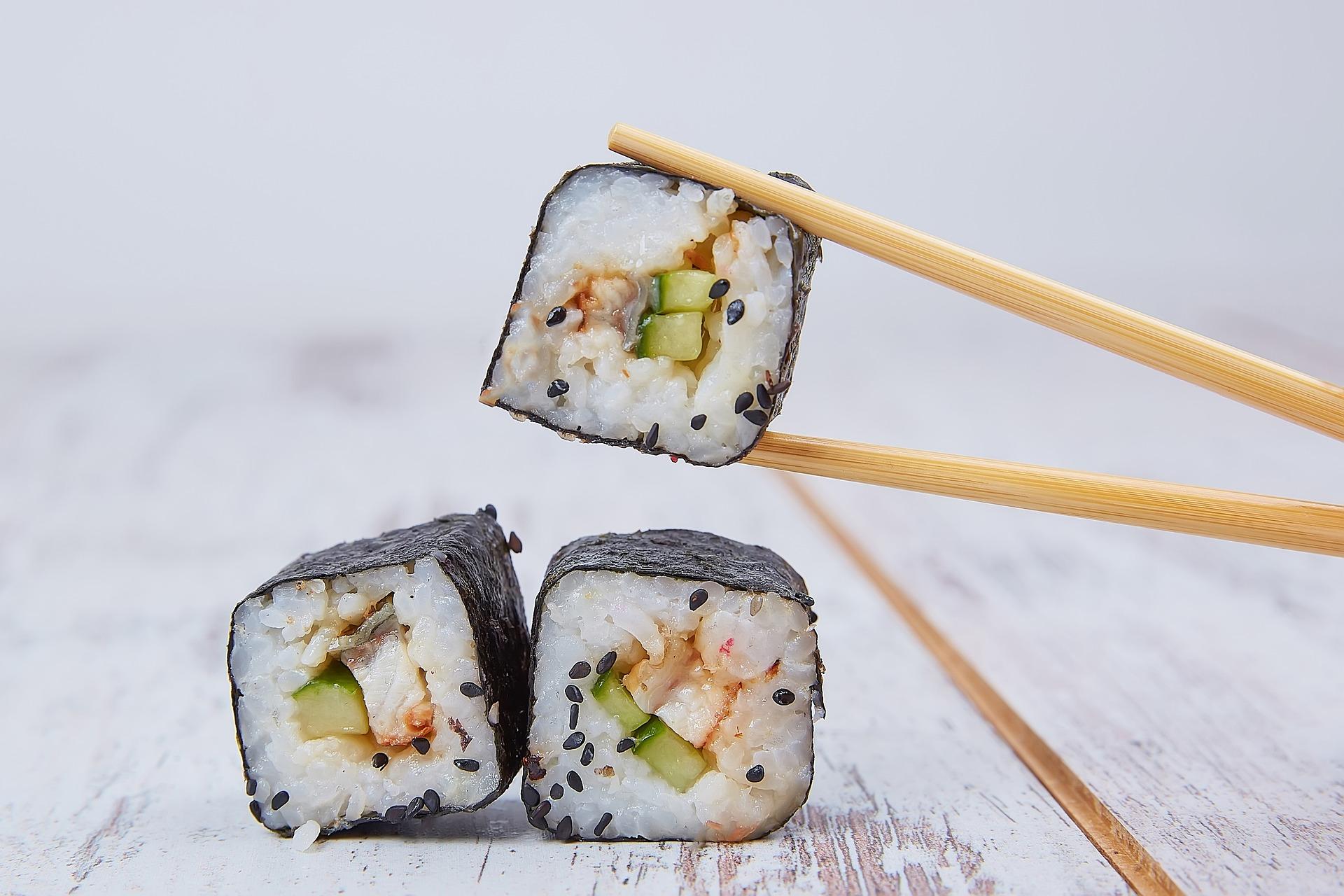The ever-vibrant temples, samurai castles, traditional Zen gardens and modern Tokyo will absorb you when you visit Japan, as will the local cuisine and its mysterious-sounding concepts of sushi, tempura, yakitori, udon and soba, rafute and takoyaki, not excluding the exclusive wagyu beef. Each day will be full of impressions, colours and aromas, each step revealing a little more of not only the beauty of this fascinating country, but also its flavours
Traditional and non-traditional cuisine
The ideal base for exploring Japanese cuisine is the Kantō region with its capital Tokyo or the Kansai region with its charming historic centre of Kyoto . Japanese cuisine is about more than just the famous sushi and tempura, dishes popular all over the world, although they too have their place here.
Traditional sushi
How to taste sushi the truly Japanese way? Japanese people don't usually prepare sushi at home, but eat it mainly in restaurants. The most common variant is the so-called kaiten sushi – a restaurant with a moving conveyor belt and small bowls where everyone chooses what they fancy. However, you'll have a nicer experience when you visit one of the smaller restaurants where a traditional Japanese chef prepares sushi in front of the diners according to their wishes or his recommendations. The last, quickest option is to buy ready-prepared sushi directly from the shop in a so-called bentō box – even in the smallest shops you can always find a few pieces packed to take away.
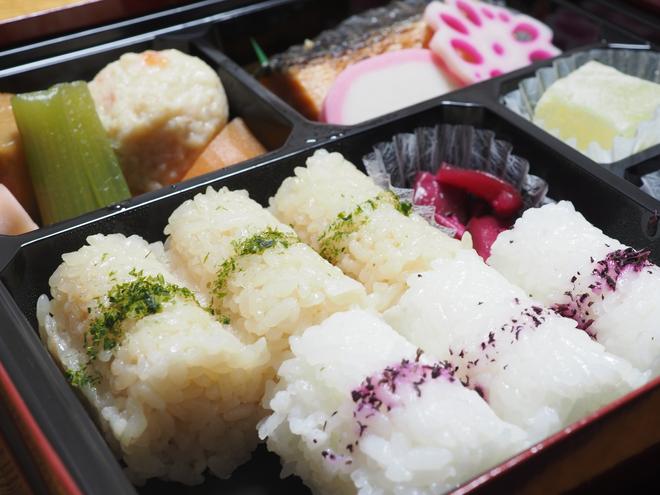
There are many varieties and types of sushi. For us, the most familiar are maki – rolls of rice wrapped in nori seaweed, and nigiri – literally translated as "kneaded rice" – loaves of rice with seafood. These 'gifts of the sea' and other ingredients used to make sushi in Japan will often be completely unknown to us, as will other variations of this dish. Even experienced visitors to Japan sometimes find it difficult to recognise the seafood in sushi, and even the Japanese themselves sometimes have trouble with the most exotic ones.
Japanese tempura
Traditional Japanese tempura is actually a variety of ingredients fried in hot oil. You can choose what you fancy – vegetables, meat, mushrooms, fresh fish and shrimps and other seafood can be prepared in the crispy golden tempura batter. There are also countless ways to eat it – from simple street food stalls with typical street food to upscale restaurants where the chef will perfectly fry the exact pieces you choose on demand.
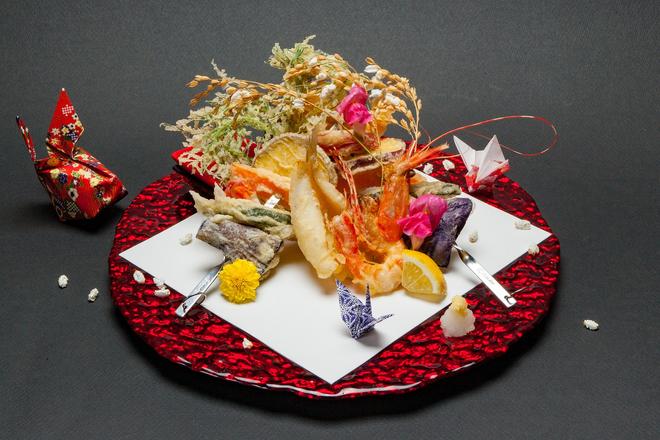
Japanese wagyu beef
Another famous delicacy typical of Japan is wagyu, the Japanese beef made famous by the farms around Kobe. It is said to be the best and most expensive beef in the world and deserves a first-class presentation. Luxury restaurants aim for complete guest satisfaction and can prepare the perfect comprehensive experience. The quality of beef in Japan is very important, and the regions and types of meat determine its trademark and, most importantly, its final price. In the best restaurants, each meat comes with a certificate of origin on request. The pinnacle of culinary art is wagyu prepared by master chefs on a hot teppan.
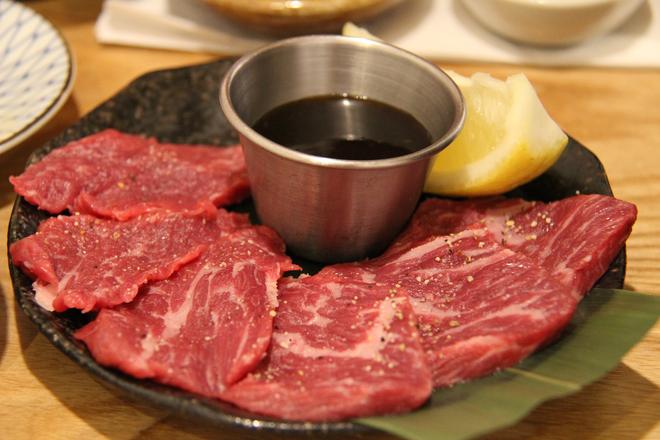
Regional Japanese cuisine
Japanese cuisine varies from region to region. In the Okinawa archipelago, for example, which lies in the southernmost part of Japan, the culture, and therefore the local cuisine, has long developed in isolation from the rest of the country. Pork, exotic vegetables and a strong traditional awamori spirit made from rice are typical of this region. Okinawan cuisine is even so specific that popular restaurants dedicated exclusively to Okinawan cuisine can be found all over Japan.
While traditional Japanese cuisine is of particular interest to visitors to Japan, the Japanese themselves also love foreign specialities – French, Italian and Chinese cuisine are all very popular. Typically, however, Japanese chefs try to use local ingredients and can also incorporate them skilfully into foreign recipes. Italian dishes may include tofu or local vegetables and seafood in their local version. Other chefs in foreign restaurants, on the other hand, stick strictly to traditional recipes and use the highest quality authentic ingredients. So you could easily end up with the best Italian pasta you've ever had in Japan!
Japanese order is omnipresent
You may be surprised at how much the Japanese try to perfect and optimise everything. Everything has to work as well and as simply as possible. Japanese shinkansen trains are a typical example, and riding this mode of transport is a real experience in itself. In the morning rush hour, these trains, which are almost half a kilometre long, follow each other every 3–4 minutes, at speeds of up to 300 km/h and are absolutely precise. Unless something really unexpected happens, such as a natural disaster, there is no need to worry about unreliable transport.
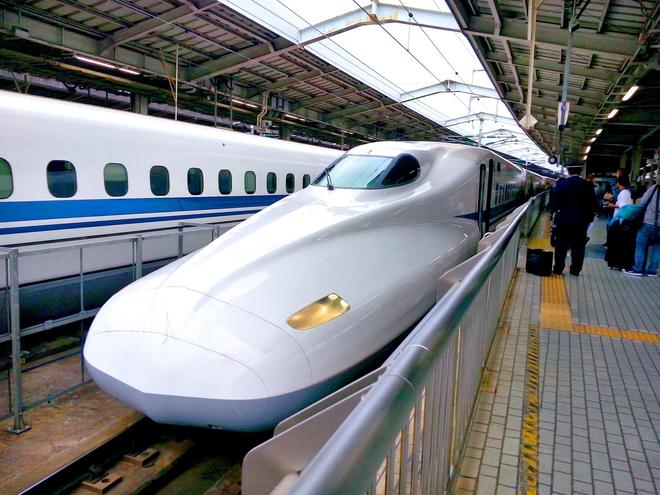
Tokyo – a very different city
The metropolis of Tokyo is absolutely fascinating. It lies in the largest conurbation in the world – the city itself has 10 million inhabitants and the whole conurbation almost 40 million. The traffic is particularly admirable. Urban and suburban trains, public and private subway lines (yes, there are private subways in Japan) all work flawlessly on several levels above each other. Despite the best efforts of the operators to make the system easy to navigate, it can be quite a tough nut to crack even for seasoned travellers.
Tokyo is so big that the traditional urban layout we are used to, one centre and its surroundings, is completely disappearing. It feels more like a cluster of many smaller cities, each with its own character and atmosphere. Some districts are more administrative, some are alive with nightlife, and the most famous locations, such as Ueno, Shibuya and Shinjuku, are connected by the famous Yamanote circular train line. At the heart of this area, at the geographical centre of Tokyo, is a vast green area, in the middle of which stands the Imperial Palace. The Japanese love greenery. You'll find landscaped parks in every city, and almost every corner has a little patch of green peeking out at you. Wherever possible, the Japanese try to bring at least a modest touch of nature to every corner of the place.
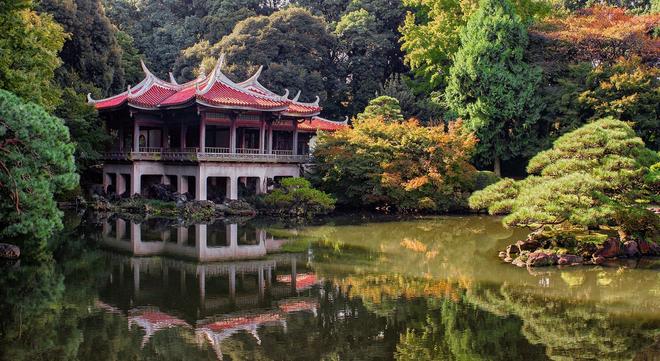
Kyoto – the cradle of tradition
The Japanese are very proud of where they come from, which is why cities and regions easily compete with each other. There is a friendly rivalry in culture, food and philosophy of life. Each city has its own spirit, cuisine, traditions and typical rhythm. For example, the contrast between Tokyo and Kyoto is very noticeable. Tokyo is a modern, performance-oriented city that never sleeps; Kyoto, on the other hand, is proud of its history as an imperial capital, its monuments and its cultural traditions. It is also much smaller than Tokyo, spread out in an enclosed basin, and has not grown in height at all compared to Tokyo. Only a few skyscrapers stand here, and urban development crashes like ocean waves against the green hillsides. In the vast forests around, countless historic temples and shrines are scattered, while the original Imperial Palace lies – as in Tokyo – in the relatively empty heart of the city. Kyoto's pace is slower, the pace more relaxed, and it directly encourages you to walk and explore the narrow streets and lost corners of this supposedly most traditional Japanese city. At least according to many Japanese.
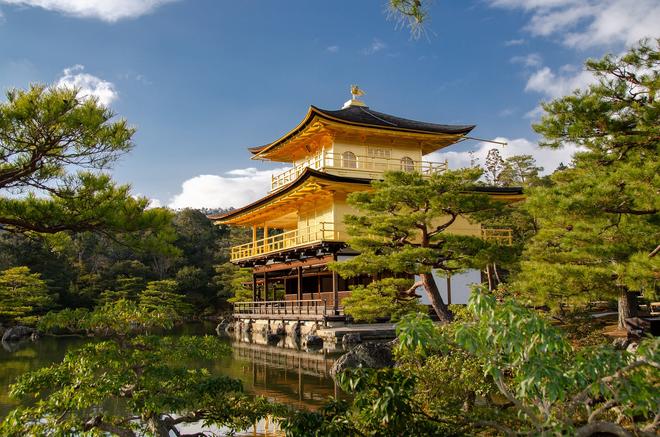
The Japanese themselves are very respectful of their traditions, the country was completely closed for a long time (from 1603 to 1867 in complete isolation), so the core of Japanese culture is very firmly established. By being an island state, the country still retains its traditions even after reopening, and traditional crafts and farming, for example, are still highly respected professions today. Japan is unique compared to other Asian countries. It differs in its monuments, overall atmosphere and gastronomy – for example, the traditional Japanese cuisine of washoku was included in UNESCO's Intangible World Heritage Site in 2013. Travellers won't find a similar culture anywhere else in the world: Japan is a country that is not only beautiful, colourful and friendly, but also completely unique.
